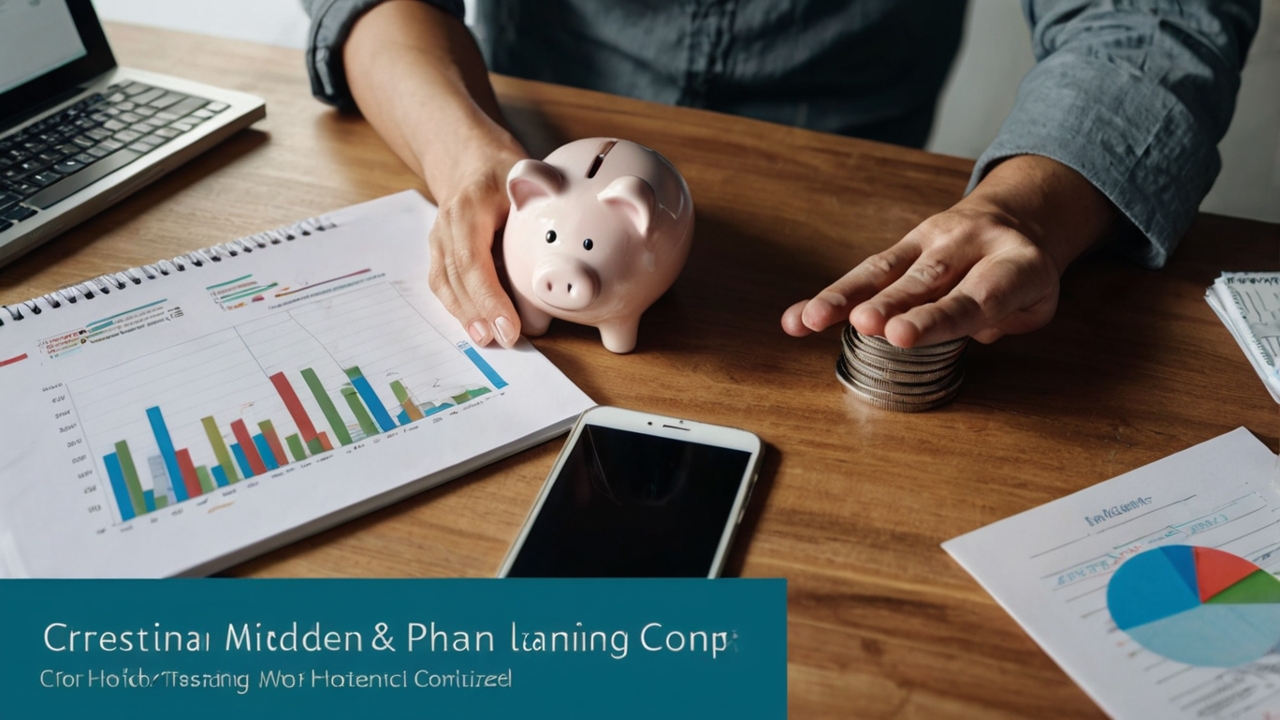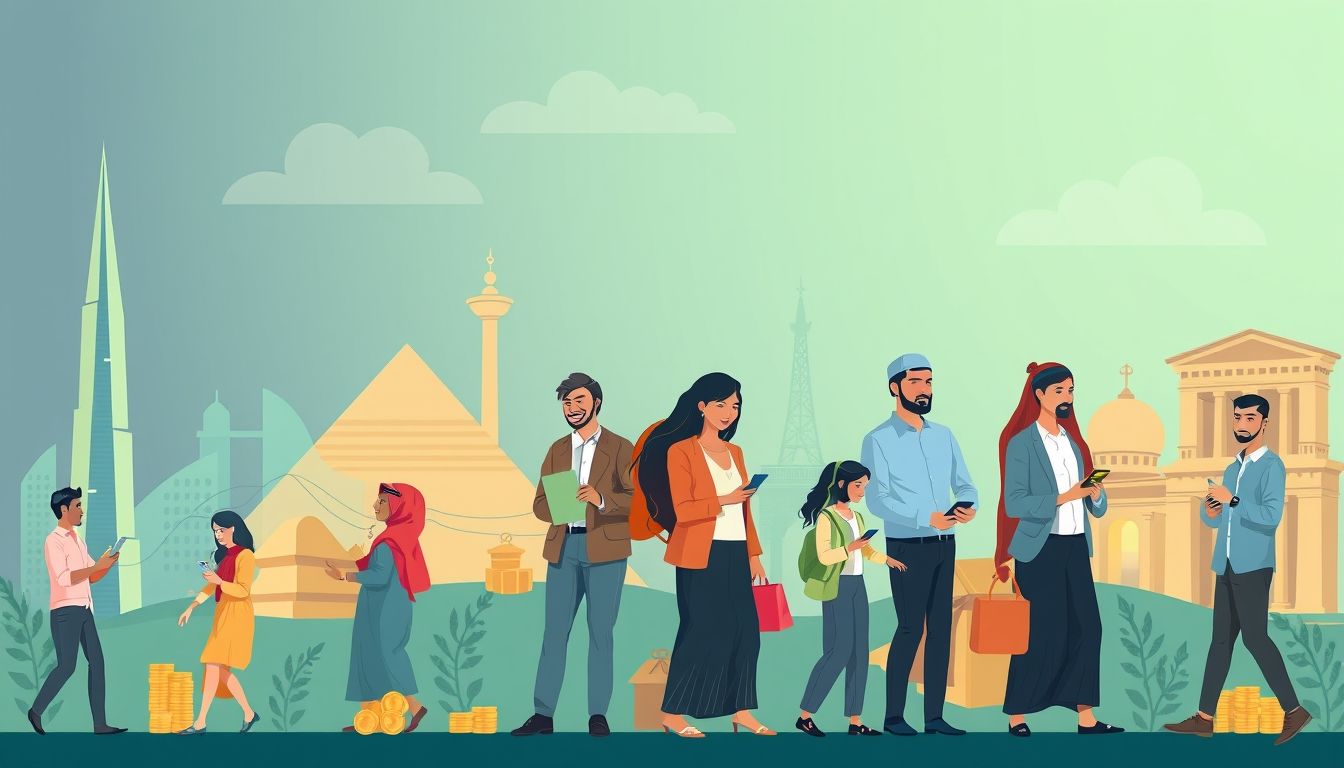Introduction: Smart Saving Starts Here
In a world where fuel prices are rising and the costs of car maintenance are increasing, finding economical and efficient alternatives is essential. Public transportation, from buses and trains to subways and trams, offers an attractive solution for achieving financial savings and contributing to environmental protection. This article will explain in detail how using public transportation can change your life for the better.
Chapter 1: The Hidden Costs of a Private Car
Many of us focus on the purchase price of a car, but the real costs go far beyond that. Let's analyze these hidden costs:
- Fuel: The largest variable cost, affected by global price fluctuations.
- Insurance: Mandatory, and can be very expensive, especially for new drivers.
- Maintenance: Includes oil changes, filters, tires, and periodic repairs.
- Depreciation: The value of the car decreases over time, a significant loss.
- Parking: Especially in large cities, can be very expensive.
- Fees and Taxes: Annual registration fees, and road taxes.
Example: Let's say you pay $400 USD per month for fuel, $150 for insurance and maintenance, and $80 for parking. That means you spend $630 USD per month just to operate your car, regardless of depreciation.
Chapter 2: Comparative Analysis: Private Car vs. Public Transportation
Let's compare the monthly costs of a private car with the potential costs of using public transportation:
| Cost | Private Car (Monthly) | Public Transportation (Monthly) |
|---|---|---|
| Fuel | $400 USD | $0 USD |
| Insurance & Maintenance | $150 USD | $0 USD |
| Parking | $80 USD | $0 USD |
| Monthly Public Transport Pass | $0 USD | $80 USD (Example) |
| Total | $630 USD | $80 USD |
This table shows that using public transportation can save you $550 USD per month, or $6600 USD per year!
Chapter 3: How to Choose the Right Public Transportation Option?
Choosing the right public transportation option depends on several factors:
- Distance: For short distances, buses or trams may be the most suitable.
- Destination: Some areas may be better served by subways or trains.
- Cost: Compare the prices of monthly and daily tickets.
- Comfort: Some options may be more crowded or less comfortable than others.
- Time: Compare the times of different trips.
Tip: Use public transportation apps available on smartphones to plan your trip and find out arrival and departure times.
Chapter 4: Priceless Health and Environmental Benefits
In addition to financial savings, public transportation offers significant health and environmental benefits:
- Reducing Pollution: Using public transportation reduces emissions of harmful gases.
- Improving Health: Walking or cycling to the public transportation station increases physical activity.
- Reducing Traffic Congestion: Fewer cars on the road means easier traffic flow for everyone.
Statistic: Studies show that using public transportation can reduce the risk of cardiovascular disease by up to 20%.
Chapter 5: Real-Life Success Stories
Many people around the world have transformed their lives by using public transportation. For example:
"I used to spend over $800 USD per month on my car. After I started using the subway and buses, I was able to save more than $500 USD per month, and I became healthier and happier." - John, New York
Chapter 6: How to Overcome Public Transportation Challenges?
You may face some challenges when using public transportation, such as congestion or delays. Here are some tips to overcome them:
- Plan Ahead: Use public transportation apps to avoid congestion.
- Be Prepared for Delays: Keep a book or magazine to read while waiting.
- Use Headphones: Listen to music or podcasts to avoid noise.
Chapter 7: Smart Public Transportation: The Future of Sustainable Cities
Smart cities are investing in the development of public transportation systems to meet the needs of residents. This includes:
- Electric Buses: Environmentally friendly and reduce pollution.
- Modern Subways: Fast, reliable, and save time.
- Smart Transportation Apps: Make trip planning easier and more efficient.
Chapter 8: Practical Tips for Saving on Transportation Costs
- Buy a Monthly or Annual Pass: Often cheaper than buying individual tickets.
- Take Advantage of Discounts: Some transportation companies offer discounts for students and seniors.
- Participate in Ride-Sharing Programs: If you have to use a car, participate in ride-sharing programs to reduce costs.
- Use a Bicycle or Walk: For short distances, these are the best and healthiest options.
Chapter 9: The Role of Governments in Supporting Public Transportation
Governments play a crucial role in supporting public transportation through:
- Investing in Infrastructure: Building new subway lines and modern bus networks.
- Providing Financial Support: To public transportation companies to lower ticket prices.
- Encouraging the Use of Public Transportation: Through awareness and education campaigns.
Chapter 10: Conclusion: Towards a More Sustainable and Economical Future
Using public transportation is not just a way to save money, it is an investment in your health, the health of the environment, and the future of your city. Start exploring the public transportation options available to you today, and you will be amazed at how much money you can save and the difference you can make.




